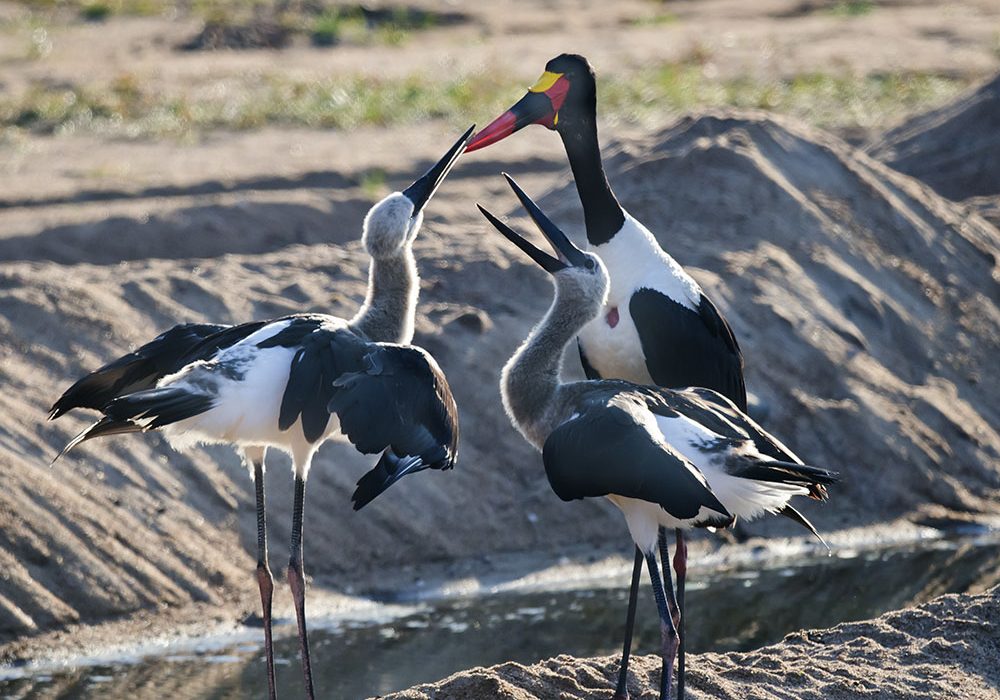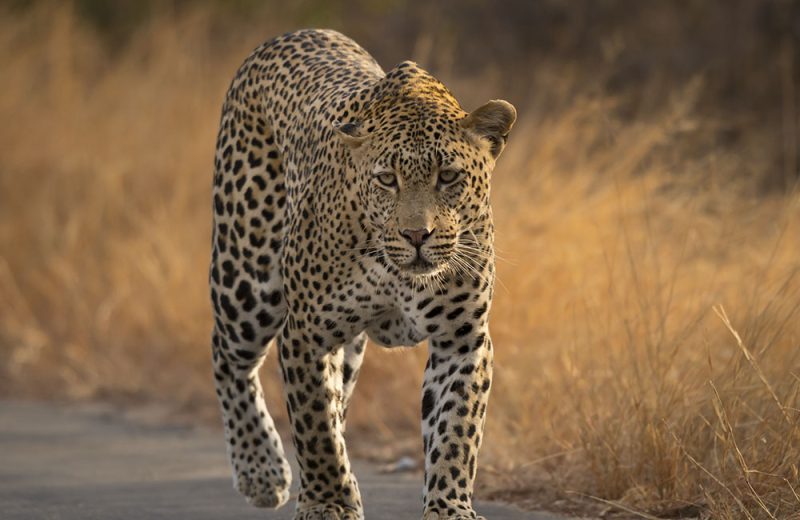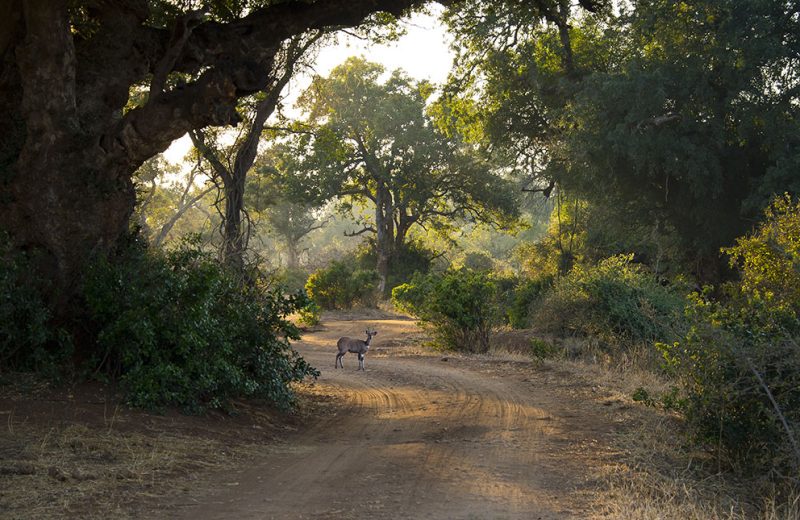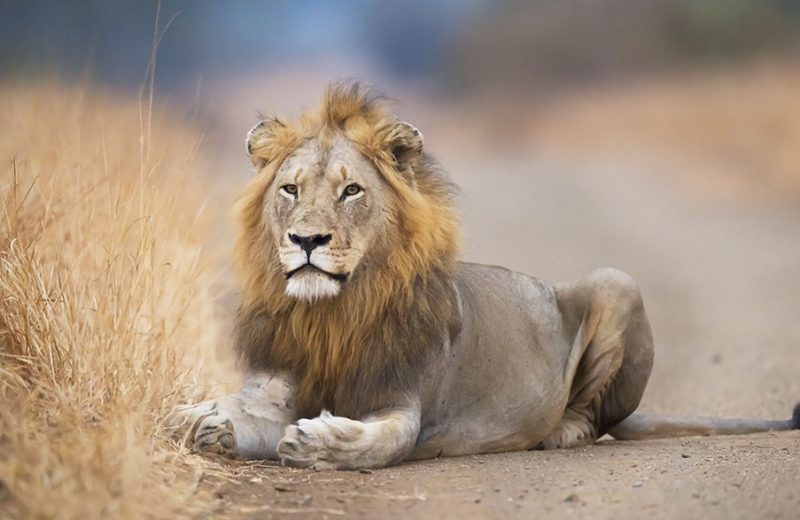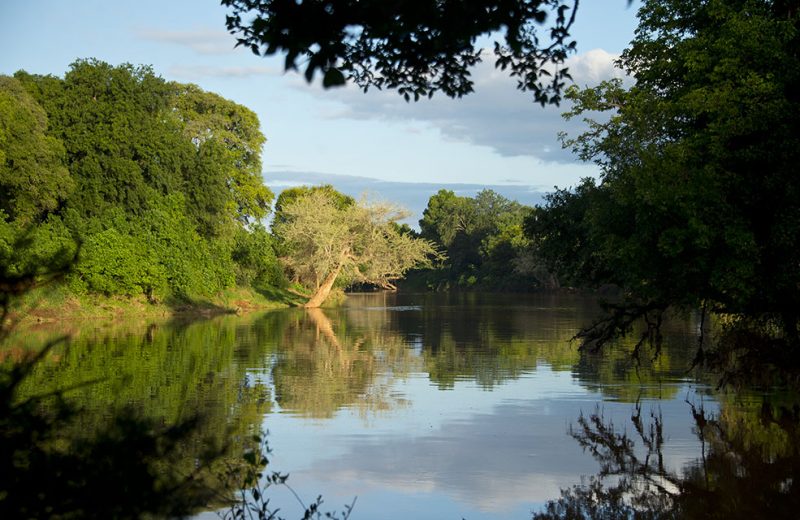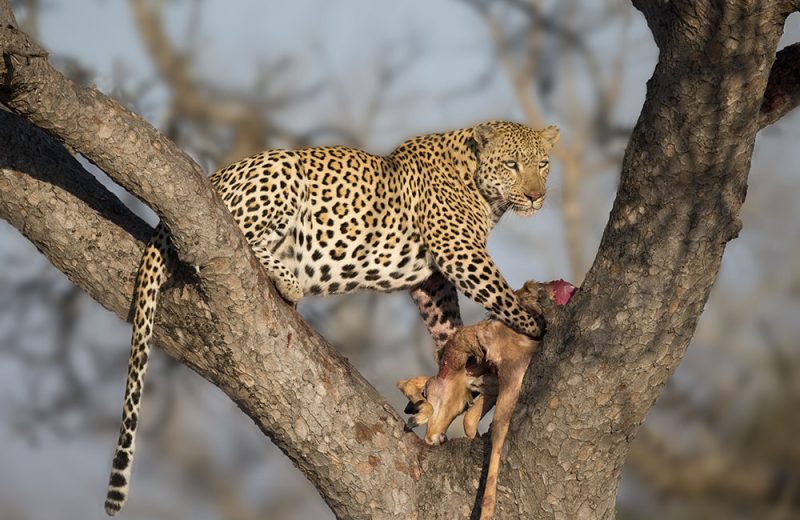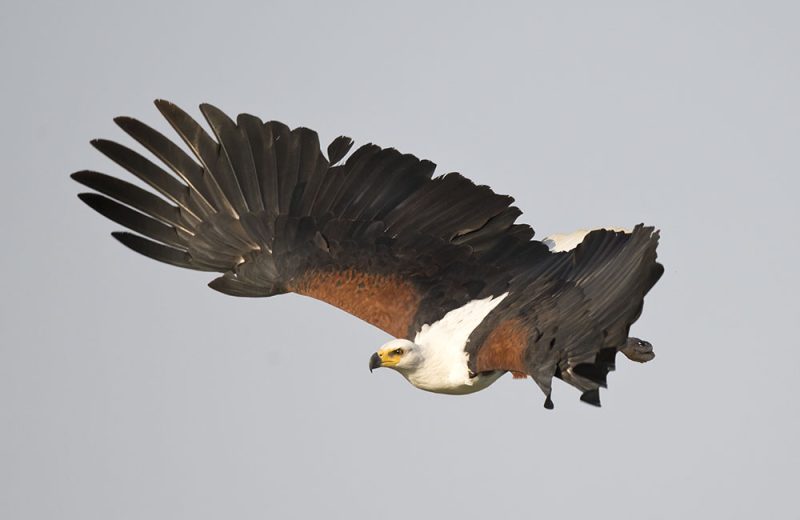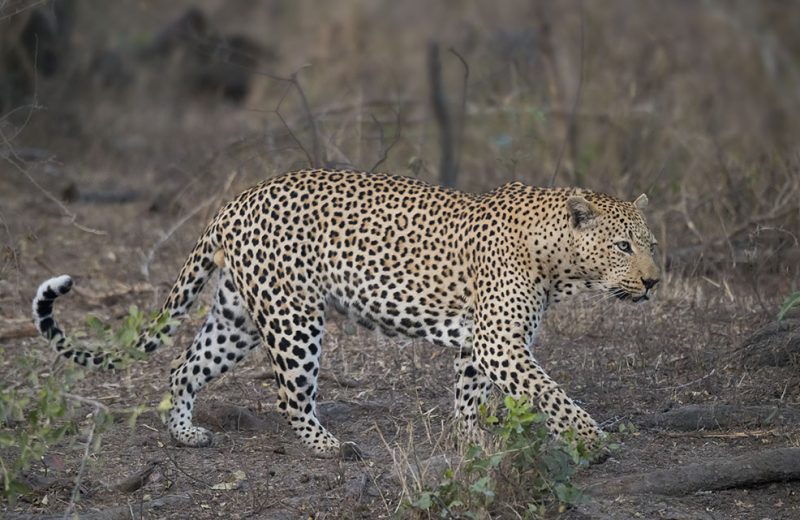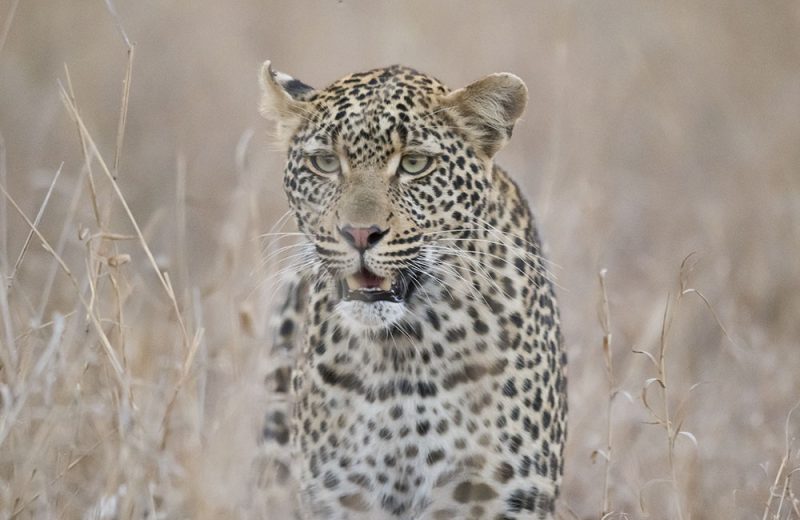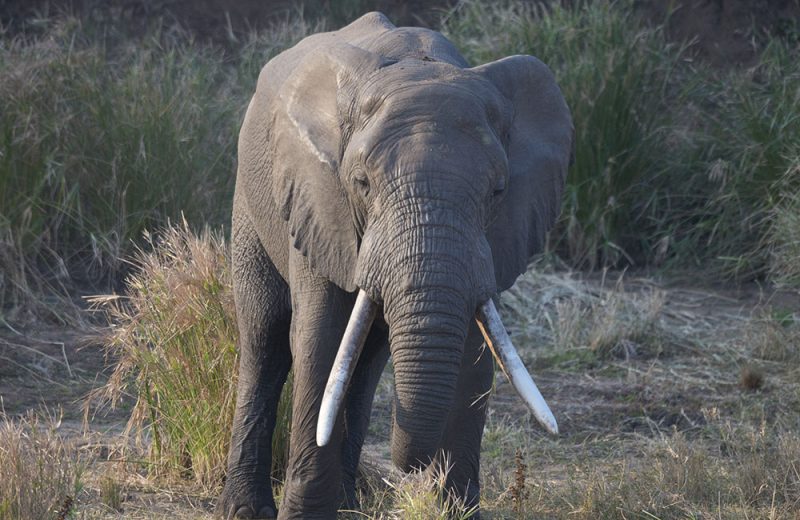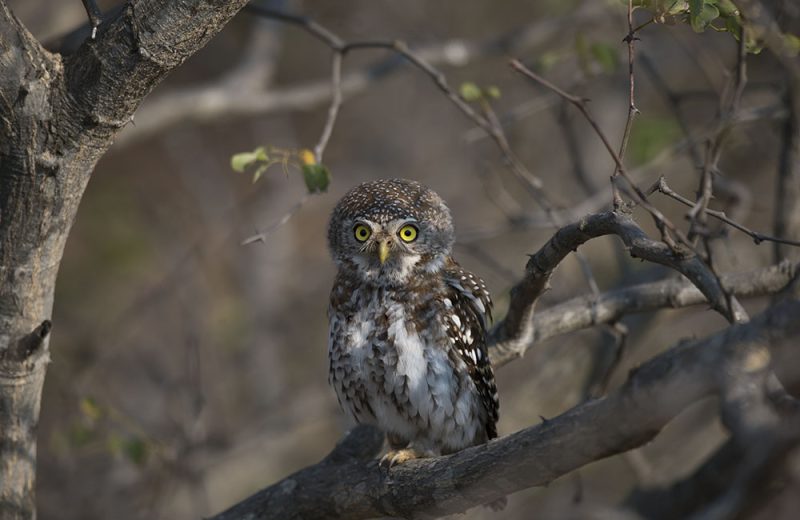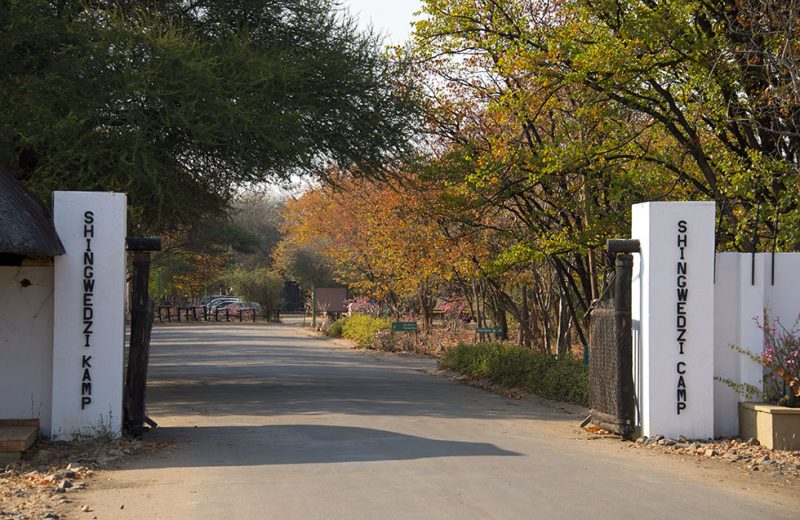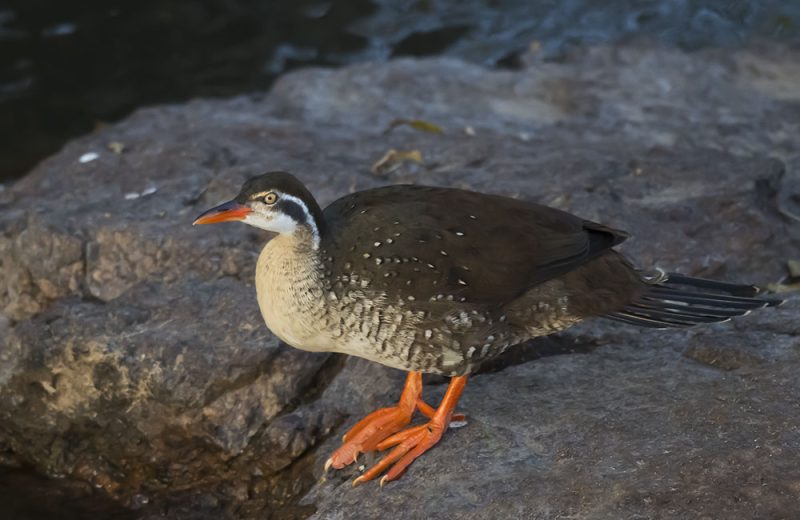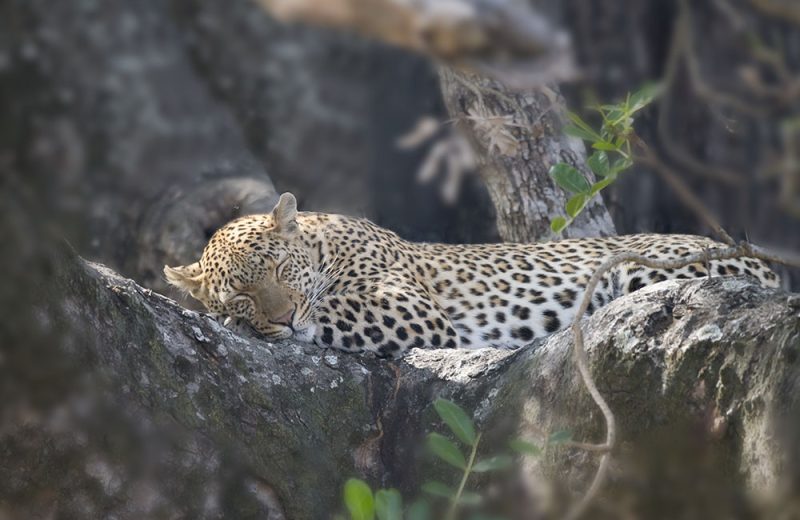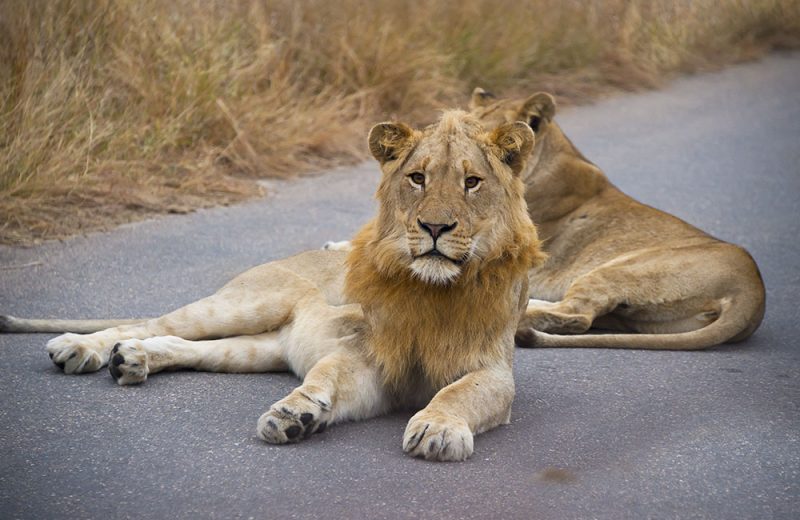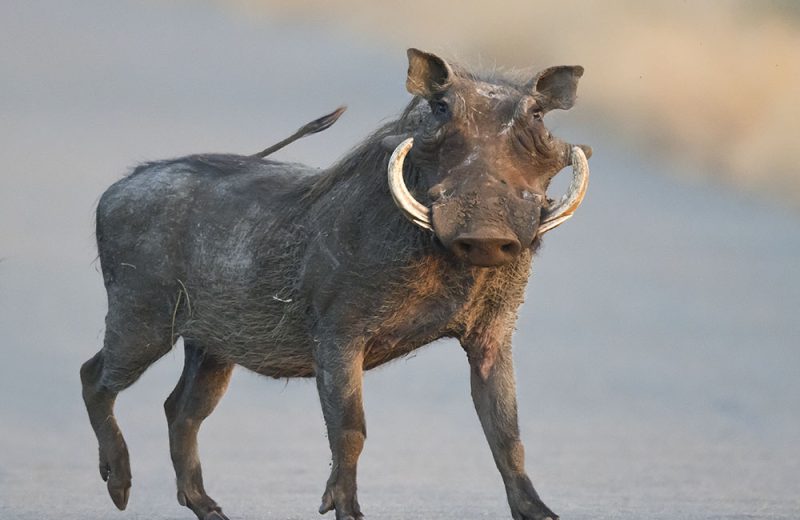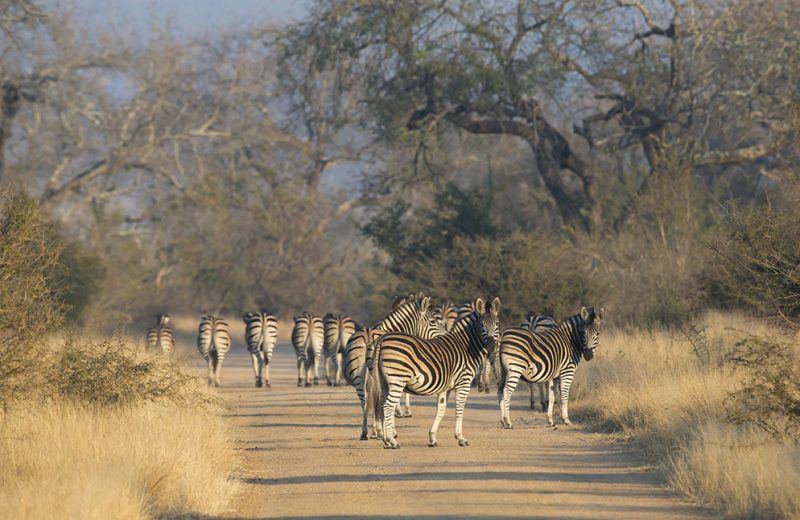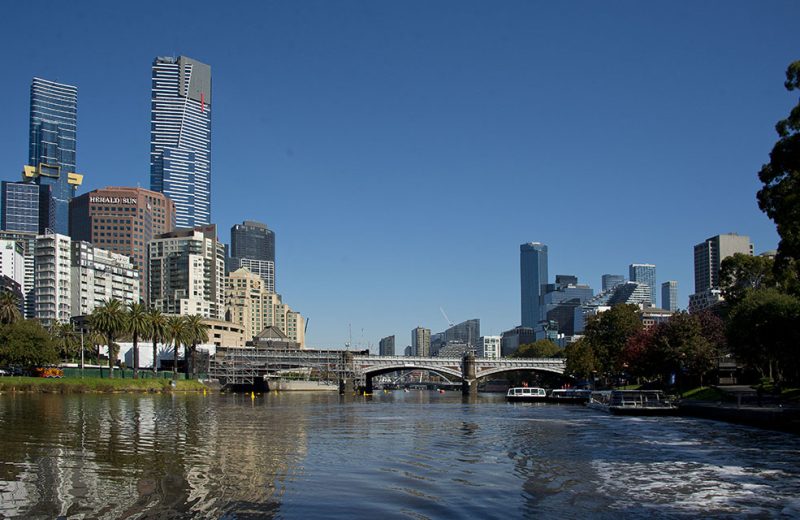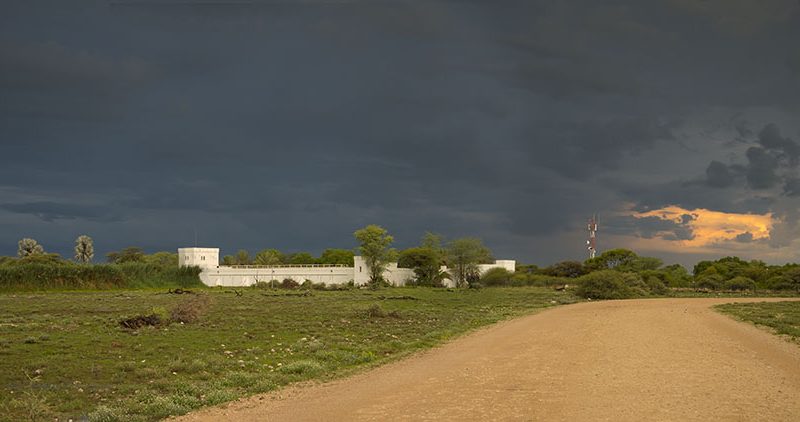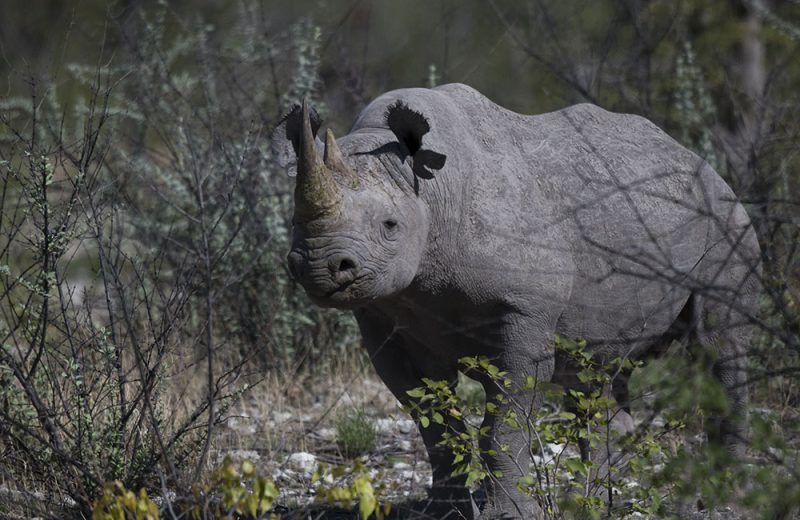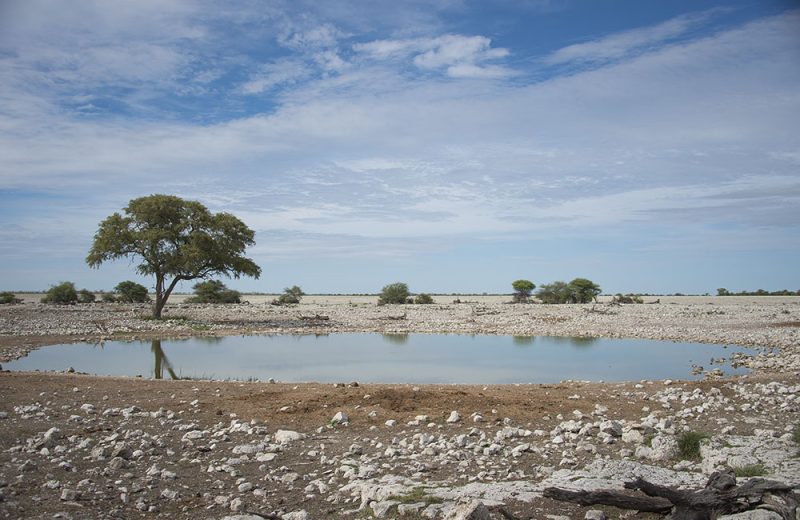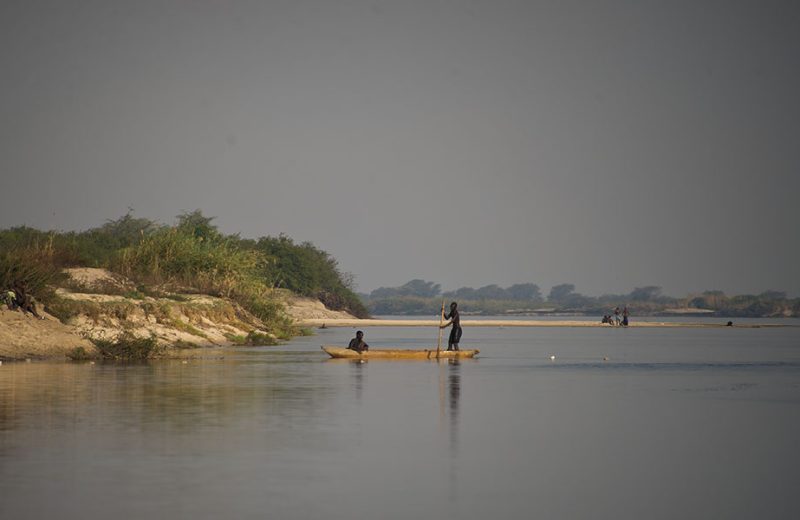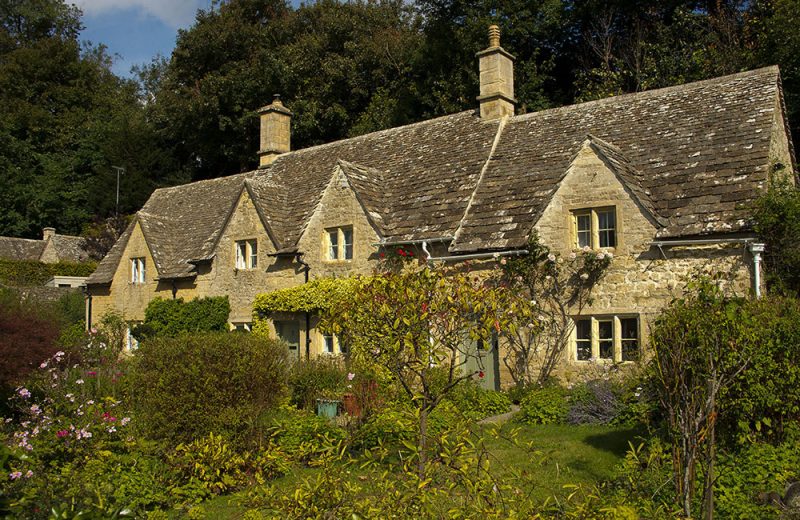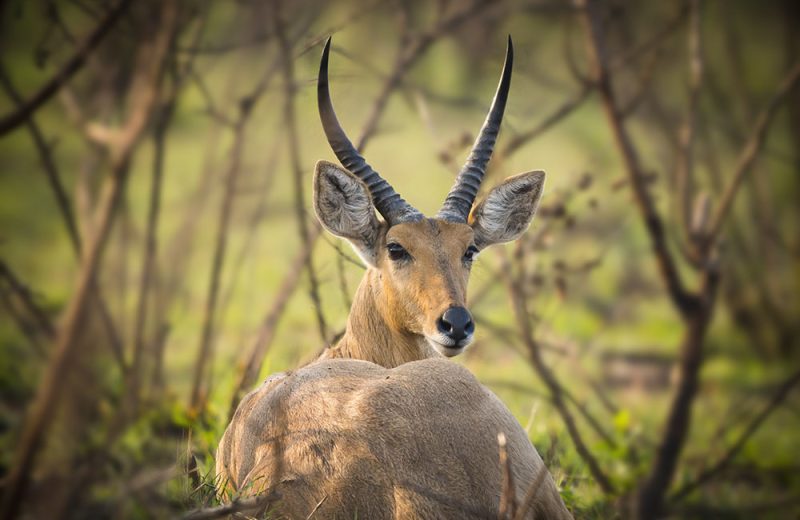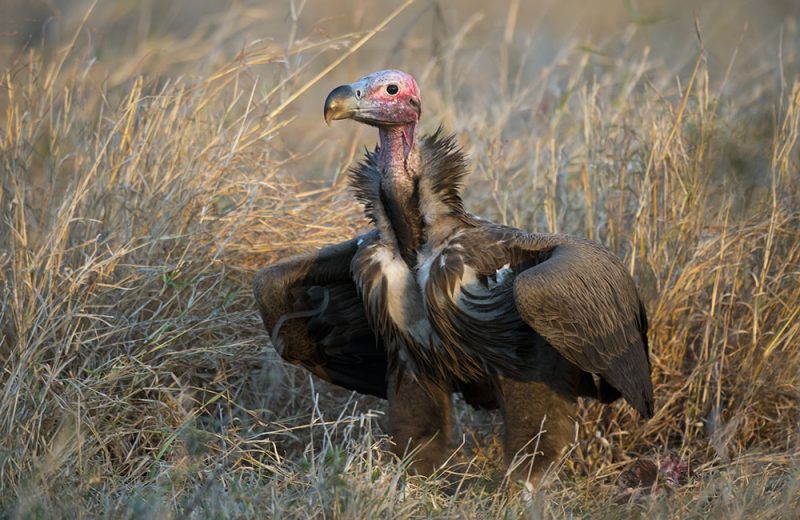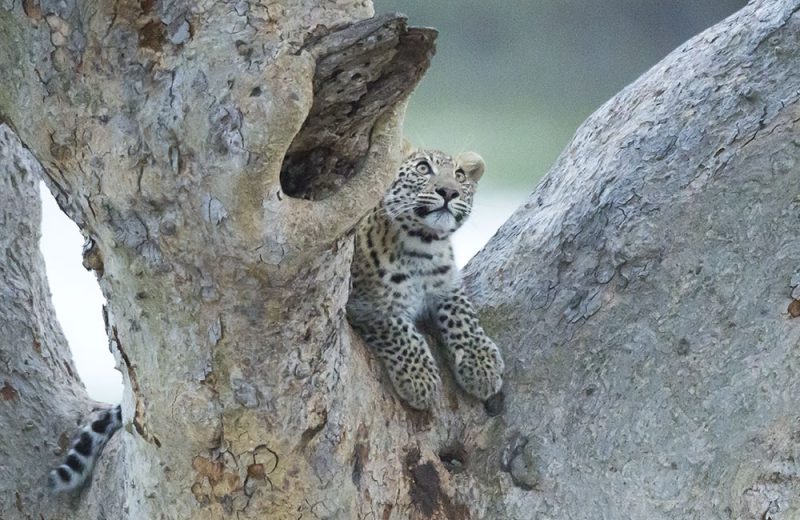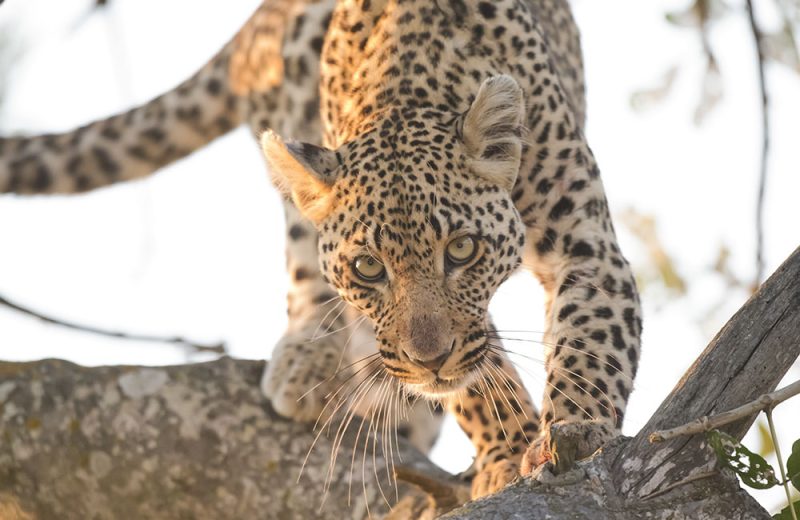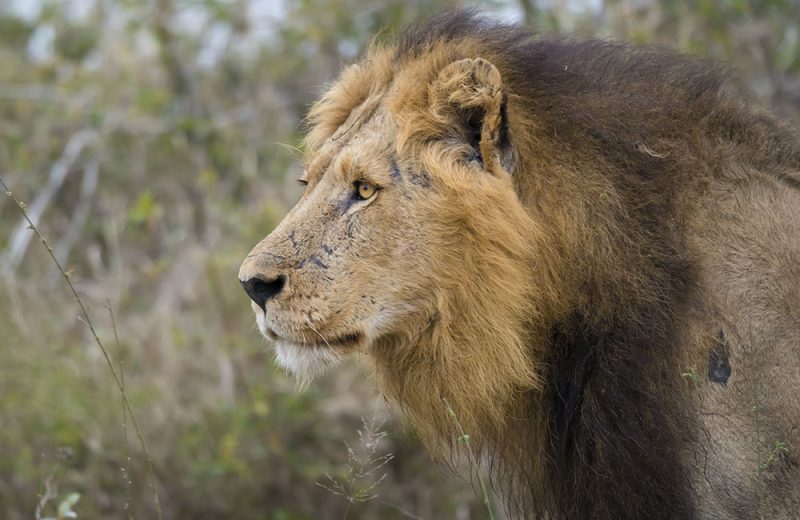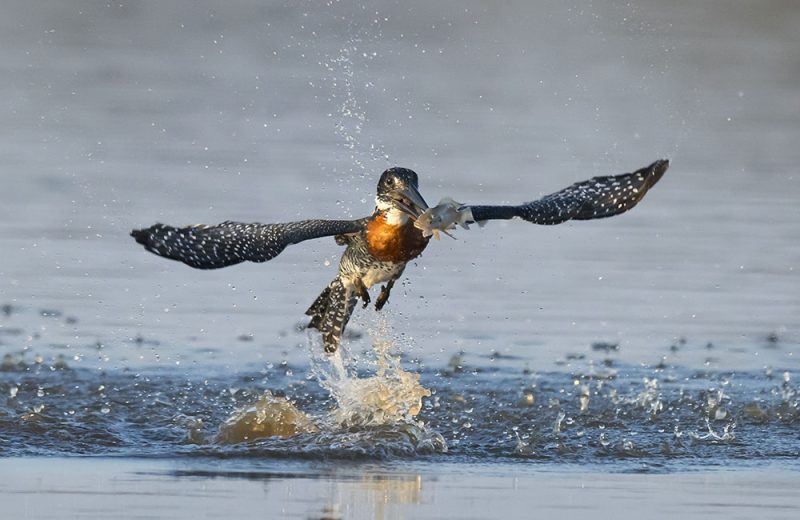Lower Sabie, Tuesday, 18th July
How wonderful to be back in the Park after such a long absence. As we travel towards Lower Sabie the effects of the wet summer is everywhere apparent. The grass cover is thick although now no longer green and long. In fact it makes for ideal game viewing conditions.
We reach Lower Sabie and are fortunate to find an excellent campsite where we quickly set up our caravan. Now let me explain. Our cousins/friends, Werner and Noleen, now living near Ladybrand in the Freestate, are coming down on Friday, 21st and are going to use our caravan for twelve days whilst we head north to Shingwedzi, staying in chalets for a change.
This evening we venture no further than Sunset Dam where we can relax and soak in Kruger at last. All is just like it always is except today there is unusually a Pink-back Pelican, all by itself amongst the crocs and hippos.

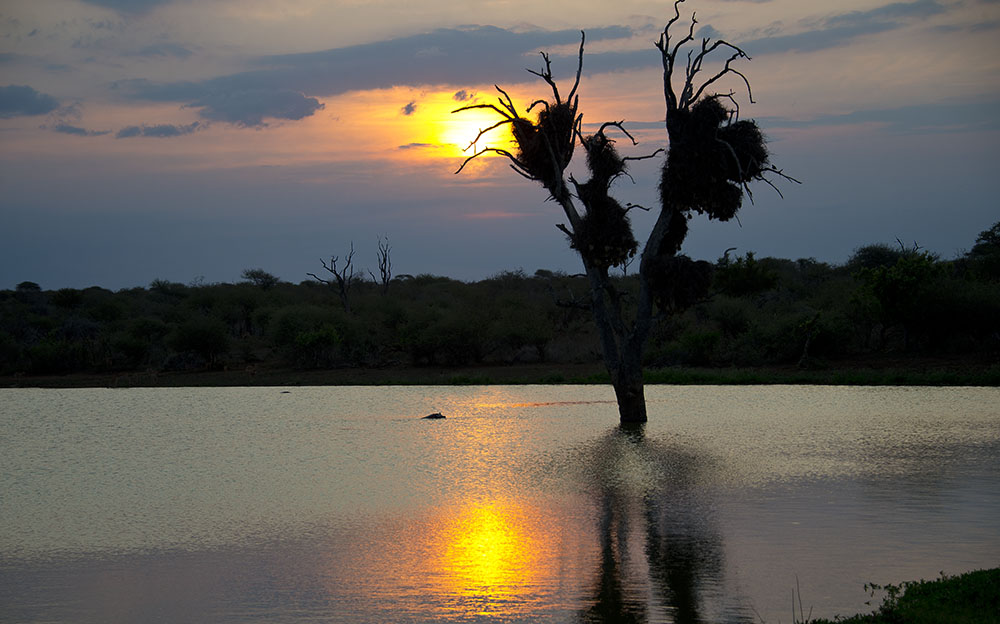
Back in camp and it quickly becomes apparent that there is a problem. The internet is so weak that I cannot even upload my photos ruling out any thoughts of a blog – and Shingwedzi is even worse. Ironically, just at this time, the Minister of Tourism is visiting Kruger to ascertain why tourist numbers are dropping. How Cape Nature would shake up Kruger in no time at all.
Wednesday, 19th I am curious to find out what damage was caused by the floods in January this year. So early this morning we travel up the Sabie River road (H4-1). Today is such a typical winter day in Kruger – still, chilly and golden.
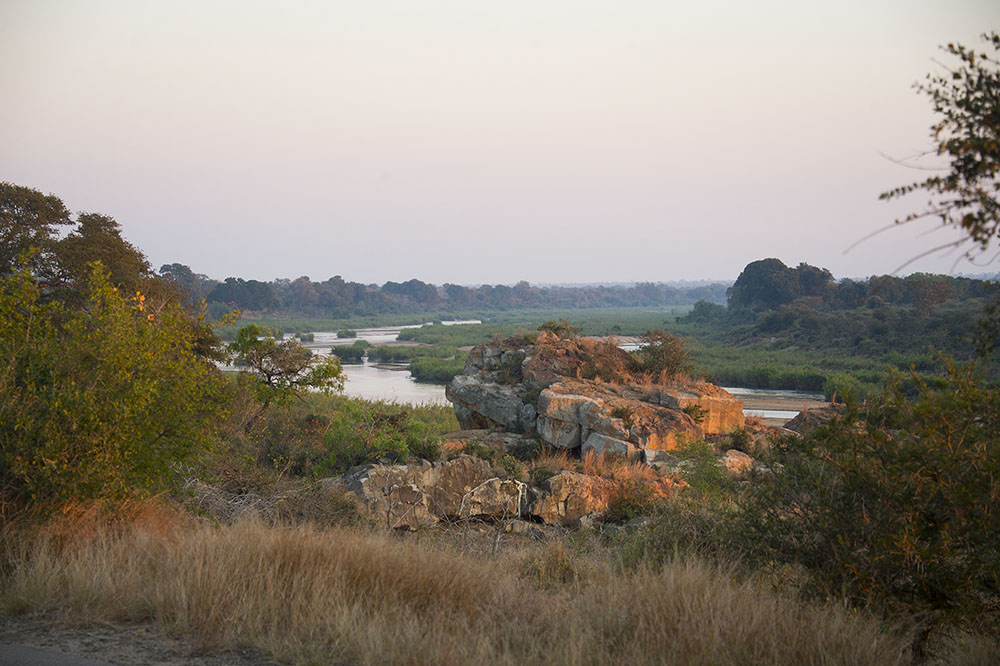
2Km’s beyond the Lubyelubye Rocks we come to the place where I always suspected that the road would be cut.

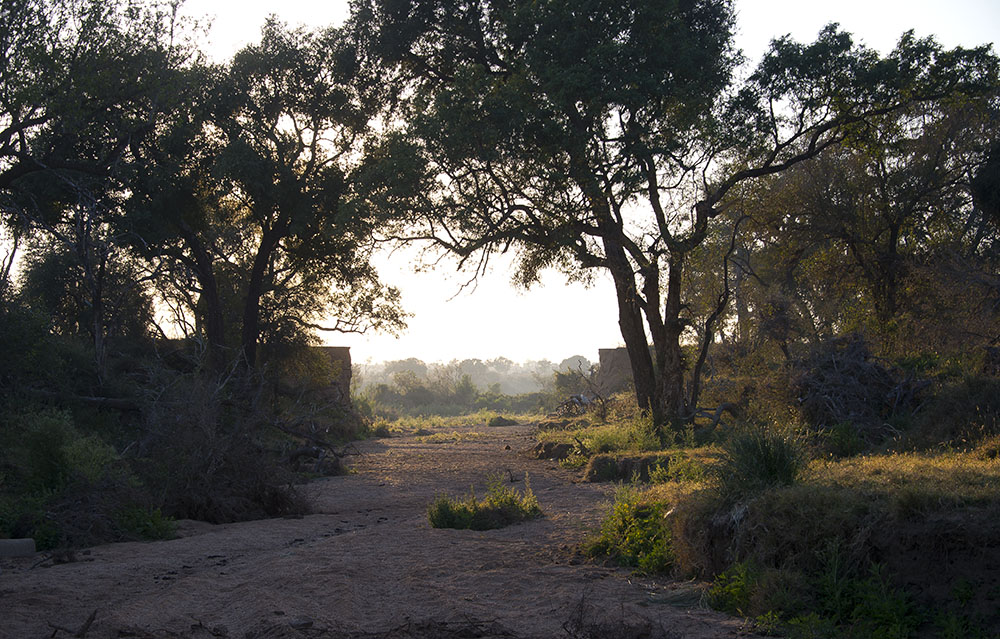
2Km’s further on we unexpectedly find that the road was swept away at a second place. The pipes from this lie strewn in the Sabie riverbed.
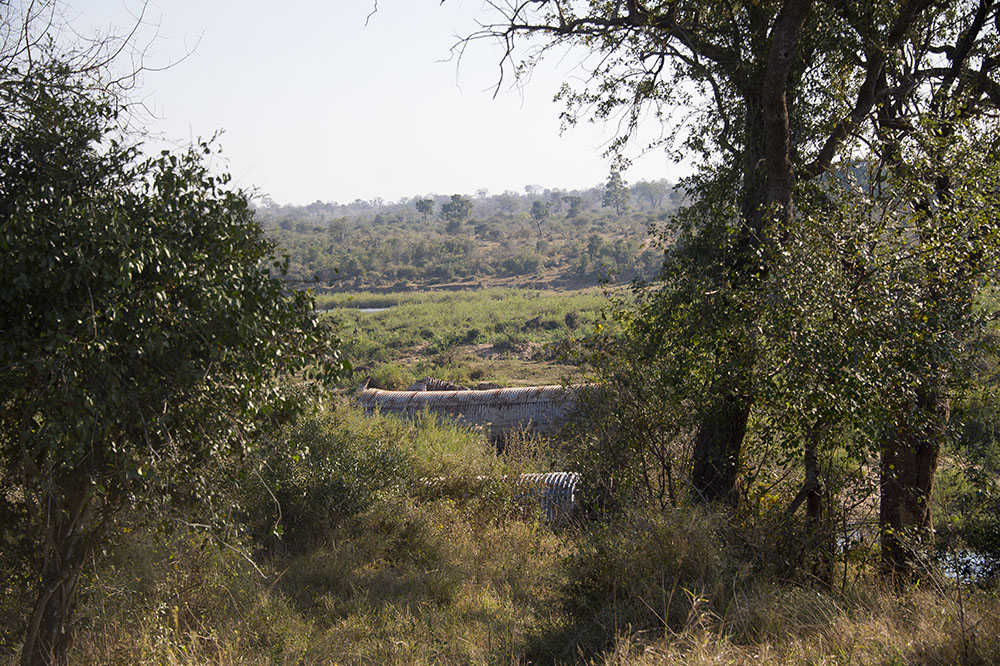
Not far from Nwatimhiri, we come across two cars watching a large male leopard stalking a small herd of Impala. Although I catch a glimpse of him in the grass, the Impala become aware of him and amid loud snorts, the game is up and the leopard strolls away through the bush.
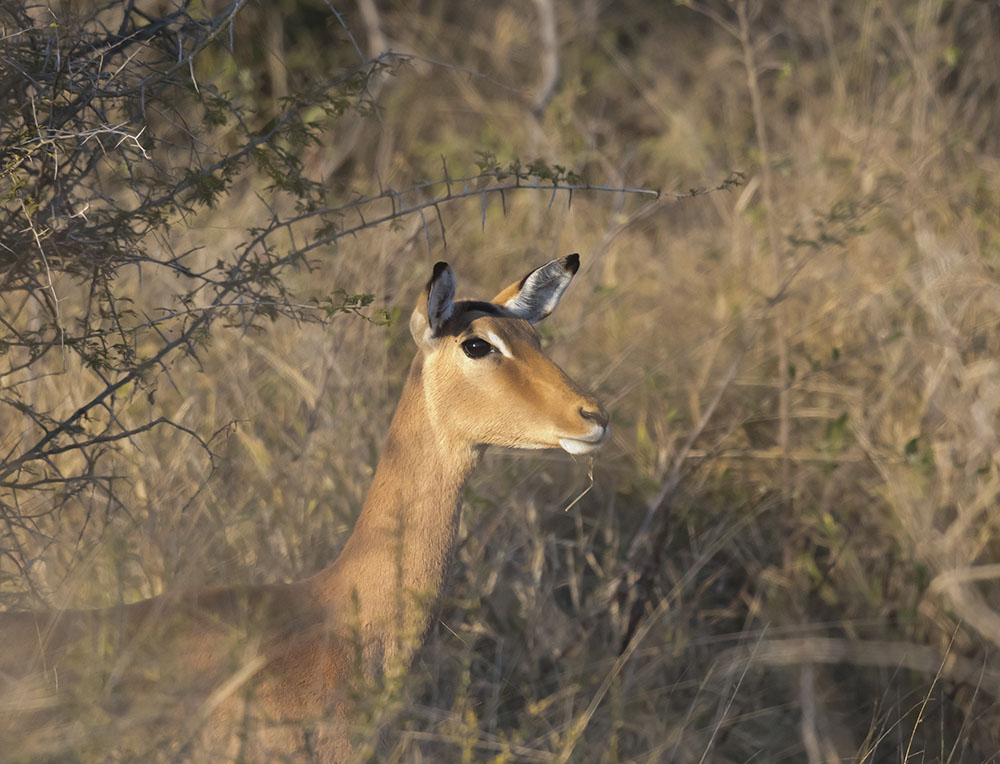
The severity of the flood really shows itself at the Nwatimhiri high-level bridge. Here the approaches on both sides were washed away necessitating extensive repairs. The nearby Monument Dam overflowed and undermined the main road although not cutting it.
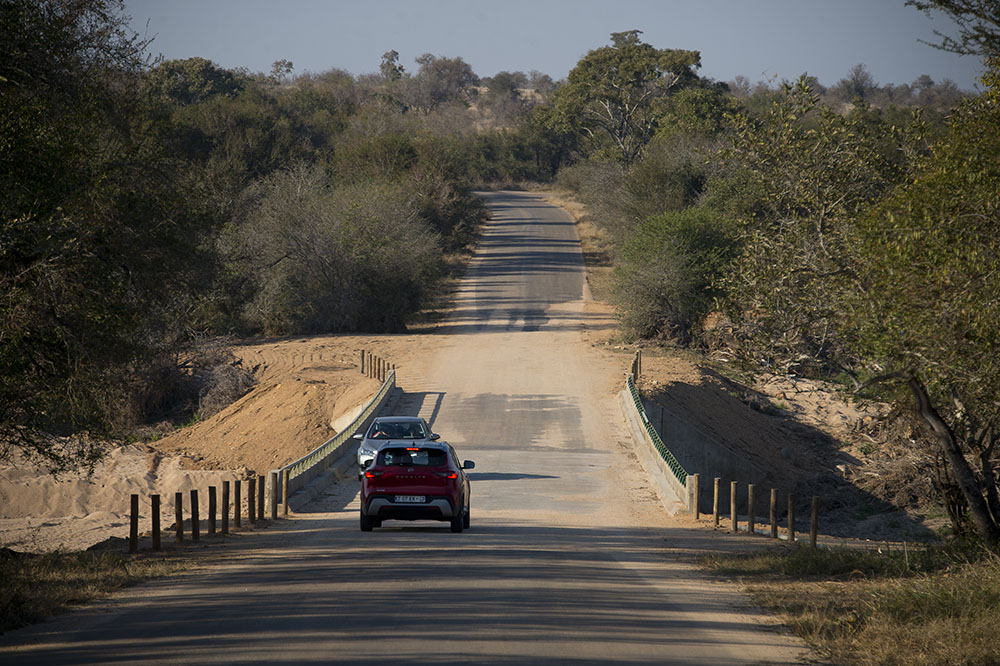
Whilst sitting on this very same bridge I am vaguely aware of some “vultures” standing on the sand in the riverbed. Only when an adult Saddlebilled Stork arrives do we realise that these are in fact his offspring. What follows is so typical about ‘expecting the unexpected’ in Kruger. At intervals the adult stork proceeds to regurgitate a number of little fish – eagerly pounced on by the youngsters.
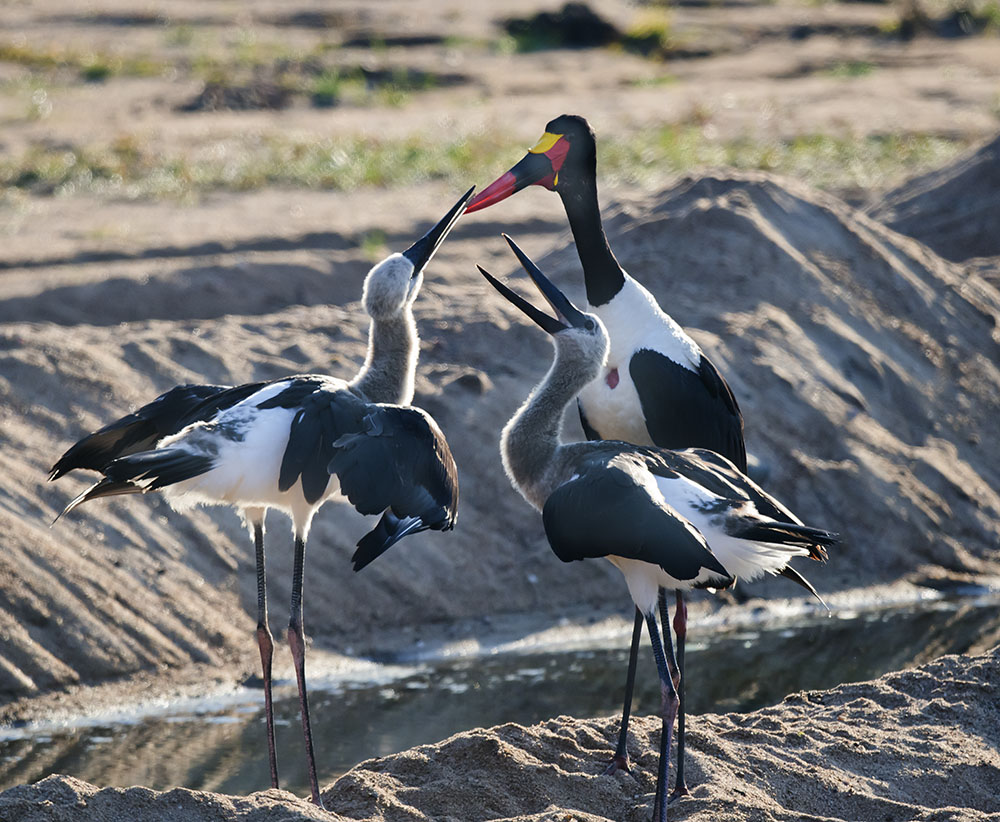
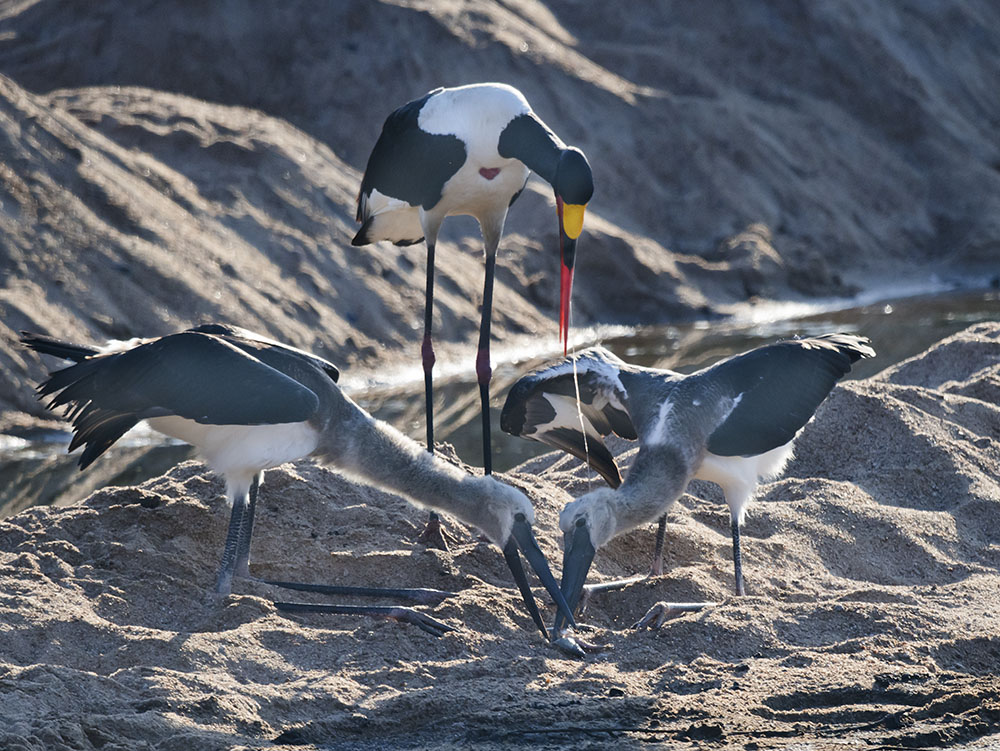
With the light now becoming unfavourable for photographs, we wend our way back to camp.
In the afternoon we travel out towards Mlondosi Dam along the H10 tar road but along the way, a strong south wind strikes ahead of the cold front necessitating a quick return to camp to check on awnings and tent pegs.
Thursday, 20th The strong south wind and cloudy sky are not conducive to game spotting and even more so photography, so we stay in camp all day. Winter is aloe flowering time in the camps and much pleasure is to be had photographing the sunbirds feeding off the nectar.



